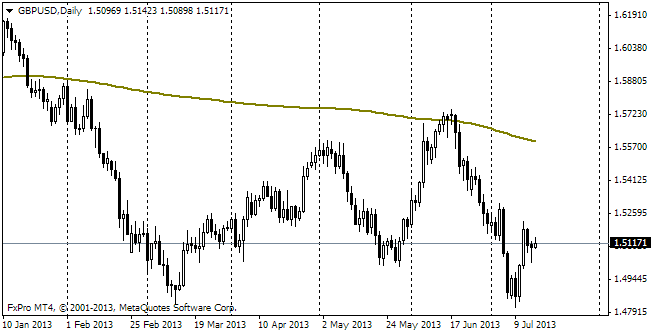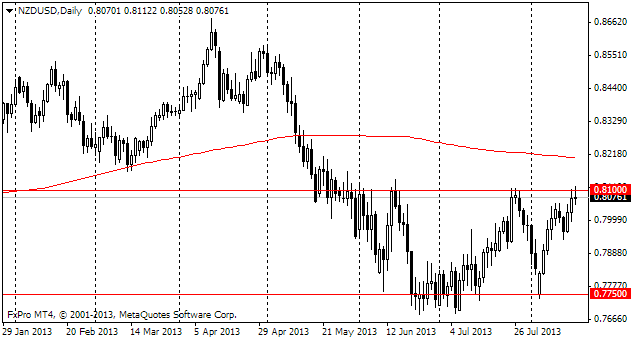EUR/usd
Yesterday the dollar hit fresh multiyear lows in Forex, depreciating against the majority of its rivals. It is remarkable that it was boosted not only by the news on the dollar, but also by the relatively favourable statistics from other countries. The contrast between the USA and other countries is no longer that sharp. But, let's start from the beginning. The EU PMIs generally proved to be better than expected, which contributed to growth of the single currency against USD. In addition, Portugal officially has exited the bailout two weeks ahead of time. Ireland exited it already in December, Spain did it in January and Portugal has become the third. Supported by such news bulls ventured an attack on 1.39 and by the beginning of the US session had managed to set an intraday high at 1.3950. The bulls did a great job yesterday, spurring the pair up to 1.3875 by three fourths of a figure to the two-month highs. Then, in March, the pair didn't trade above 1.39 for long, at these levels it was steadier only in November 2011. So, it looks like that we've approached this week's meeting of the ECB at already high levels, close to 1.40, which makes the struggle between bulls and bears more fierce. Even if you doubt where the pair will move, it is almost certain that there will be stormy volatility tomorrow. The USA didn't release any news to stir violent reaction, there were only trade balance stats. Traders often neglect these data, while economists make deep conclusions from them. The US trade deficit in March made 40.4bln, which made big investment banks reconsider the GDP estimate for the first quarter. Now they expect negative rates for the first three months. As you remember, a week earlier it was reported that in this period economic growth was surprisingly little – 0.1%. Now it is expected that the decline will make 0.4-0.8%% (annually).
GBP/USD
The attack of the pair's multiyear highs, which we spoke about in our yesterday's review, still took place due to the excellent Services PMI. The indicator jumped to 58.7 after five months of sliding down. If the past correlations are still powerful, the second half year can also be very strong, which again increases the chance that the BOE will raise the interest rate earlier than the Fed. Yesterday bulls were stopped 5 pips away from 1.70. Today they gather liquidity, selling the euro/dollar and the dollar/yen. Judging by 2009, it is not difficult to hit this level, but to hold out at it.

USD/JPY
The pair keeps sliding down, pulled by caution of the stock exchanges. The pair is again in the area, which it bounced off a month ago and also twice in March. This time we also place a bet that the decline won't be very long. The bank of japan keeps printing yens, which from time to time is forgotten by the markets at the moment of heavy selling.

NZD/USD
New Zealand managed to pleasantly surprise with its employment data. The quarterly employment grew by 0.9%, however it didn't help to decrease the unemployment rate. It remained unchanged at 6.0%. Yet, all this positive was aroused by the words of RBNZ Governor Wheeler that the Bank could carry out interventions into Forex to weaken the national currency. Yesterday the Kiwi rose to 0.8780. The currency was at such levels only in mid 2011, just for a couple of weeks. We consider them to be unsteady and therefore regard the current situation as favourable to sell the Kiwi against USD and AUD.
